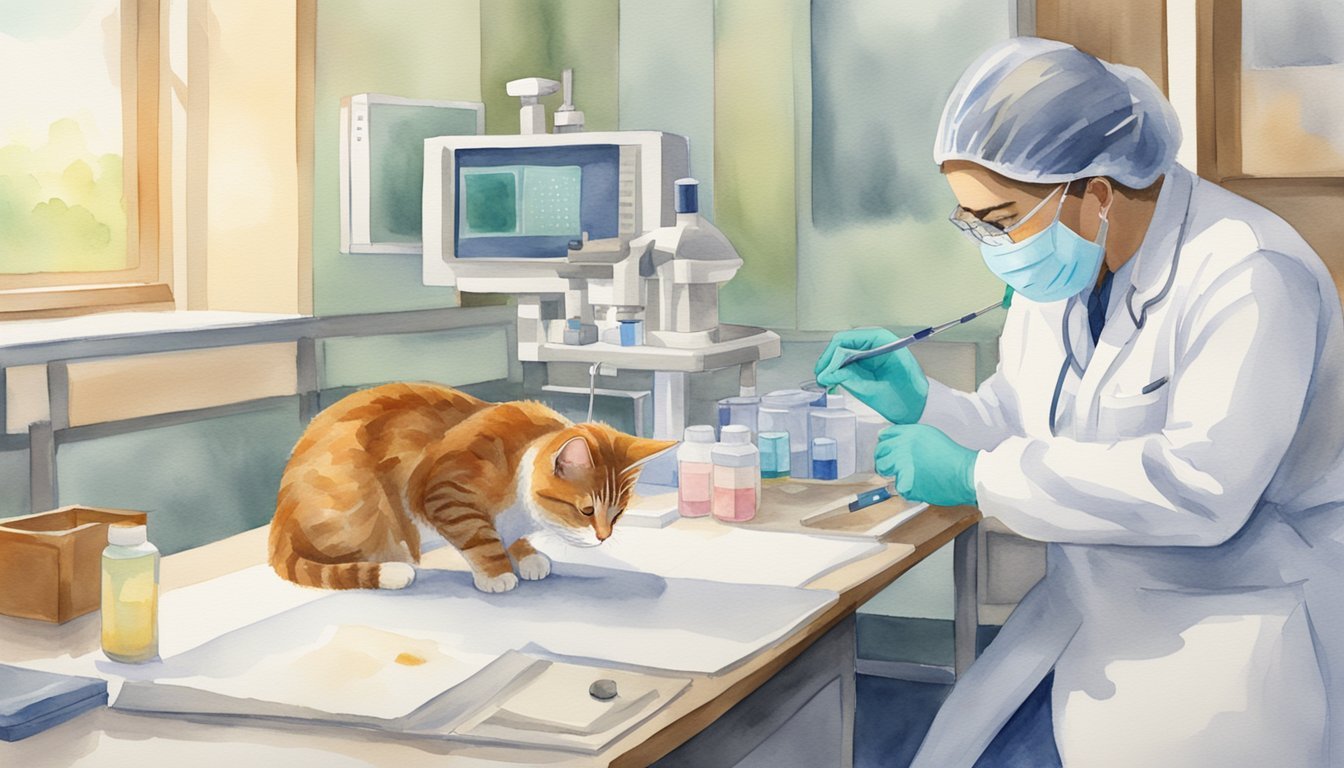Understanding Cat Allergies
Cat allergies are a common issue that can affect quality of life by causing symptoms like itching and sneezing. They arise due to immune system reactions to certain proteins found in cat saliva, dander, and urine.
Identifying Symptoms and Causes
Cat allergies manifest through a variety of symptoms such as sneezing, itching, and even asthma in those with allergic asthma. The root cause of these allergic reactions is the immune system responding to proteins from cat dander, fur, saliva, or urine. Even those without direct contact with cats can experience symptoms, as pet dander can be carried on clothing and spread to other environments.
Diagnosis and Testing
Diagnosing a cat allergy typically involves a thorough examination including a description of symptoms and, in some cases, a blood test or skin test. During these tests, small amounts of allergens including cat protein extracts are introduced to the skin or into the blood to observe whether an allergic reaction occurs.
Allergy Management Strategies
Managing cat allergies involves avoiding exposure to allergens, which can include extensive cleaning measures such as frequent vacuuming of carpets and upholstered furniture, using vent filters and air purifiers, and reducing the presence of items that can trap dander like bedding. Medications such as antihistamines and nasal sprays can help control symptoms.
Allergen Immunotherapy
Allergen immunotherapy or cat allergy shots work by gradually acclimating the immune system to the allergen. This treatment aims to reduce symptoms and increase tolerance over time. Studies indicate that this approach may provide a long-term solution for allergy sufferers by potentially modifying the immune response.
Advancements in Allergy Treatment

In the realm of allergy management, recent innovations have yielded promising results, particularly for those suffering from cat allergies. These strides forward have centered around boosting the effectiveness of immunotherapy and exploring additional medicinal avenues.
Emerging Therapies
A novel experimental approach has revitalized hope for cat allergy sufferers, merging traditional allergy shots with cutting-edge biologics. Specifically, this strategic combination has featured monoclonal antibodies such as tezepelumab, which targets and neutralizes the protein thymic stromal lymphopoietin (TSLP). TSLP is instrumental in igniting the cascade of allergic inflammation. The new therapy has shown promising outcomes in reducing common allergy symptoms such as sneezing, watery eyes, and coughing.
Research and Clinical Trials
The CATNIP trial, a randomized controlled trial documented in the Journal of Allergy and Clinical Immunology, has been instrumental in assessing the efficacy of combination therapy. Participants received a mix of conventional immunotherapy and tezepelumab. Compared with the placebo group, these participants exhibited significant relief from their allergic responses to the cat allergen Fel d 1, often extending even after cessation of treatment. These findings have not only bolstered the potential for more enduring allergy remedies but have also sparked consideration for similar approaches regarding other allergic conditions.

